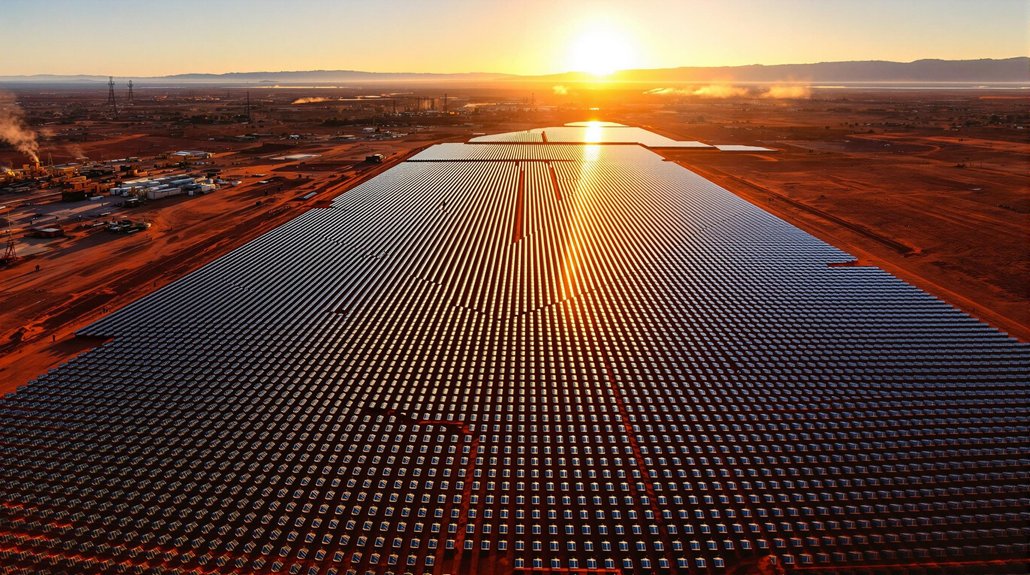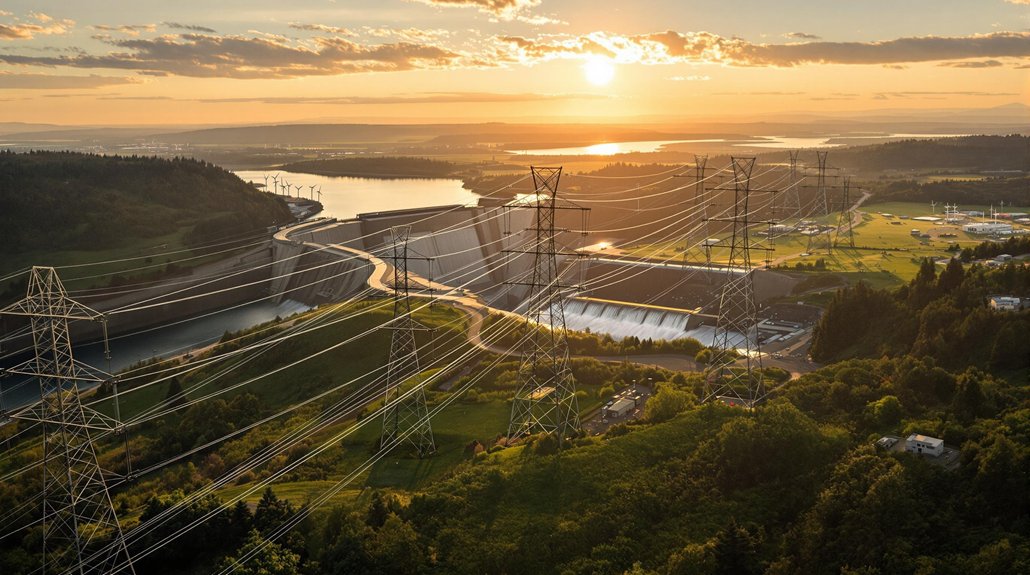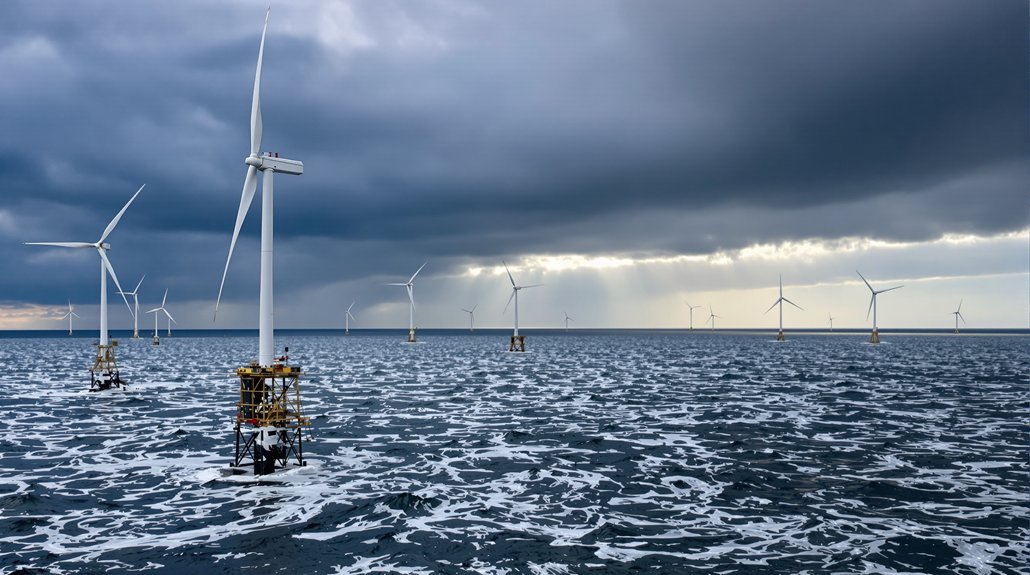Despite Trump’s 26 executive orders attacking clean energy, his actions have unintentionally validated wind power’s importance. By pausing projects and prioritizing fossil fuels, he’s faced with wind energy’s clear advantages: lower costs, domestic production, and reduced emissions. Legal challenges over withheld Inflation Reduction Act funds are mounting. Market forces continue to favor renewables despite political opposition. The economic case for wind energy grows stronger with each attempt to undermine it.
Despite former President Trump’s bold promises to revitalize the fossil fuel industry through executive action, his recent energy policies are showing signs of backfiring. On January 20, 2025, Trump signed 26 executive orders targeting the clean energy sector, particularly wind power. These orders paused offshore and onshore wind projects and withdrew Outer Continental Shelf areas from wind energy leasing.
Trump’s new energy orders targeting wind power may damage his own promises of fossil fuel revival
The administration has prioritized fossil fuel production by reopening 2.8 million acres in the Arctic Ocean for drilling and revoking bans on new offshore oil and gas development. Trump’s executive orders specifically revoked Biden Administration’s ban on Arctic drilling to enhance domestic fossil fuel production. Trump also established the National Energy Dominance Council, chaired by Interior Secretary Doug Burgum and vice-chaired by Energy Secretary Chris Wright, to cut red tape for energy development.
Trump’s animosity toward wind energy isn’t new. He’s claimed wind turbines cause cancer and has demanded the UK remove North Sea wind farms. During the Texas deep freeze in 2021, wind power helped mitigate electricity shortages while natural gas and coal facilities failed. He’s consistently referred to wind turbines as “wind mills” in an apparent attempt to downplay their importance.
What Trump’s policies overlook are wind energy’s clear advantages. Wind serves as a hedge against volatile fossil fuel prices, requires minimal water, and is 100% domestically produced. It’s generally cheaper than coal and natural gas over its lifecycle and proved vital during the Texas power crisis. The environmental benefits are substantial, with wind energy saving 118 million tonnes of CO2 emissions in Europe alone in 2019.
Industry experts point out that billions have already been invested in wind projects with financing secured. These investments aren’t likely to disappear due to campaign promises. The cost of wind power continues to fall while electricity demand rises.
The administration has also paused disbursement of clean energy funds from the Inflation Reduction Act and Infrastructure Investment and Jobs Act, directing the Office of Management and Budget to review their alignment with Trump’s agenda.
This move faces potential legal challenges over fund impoundment.








